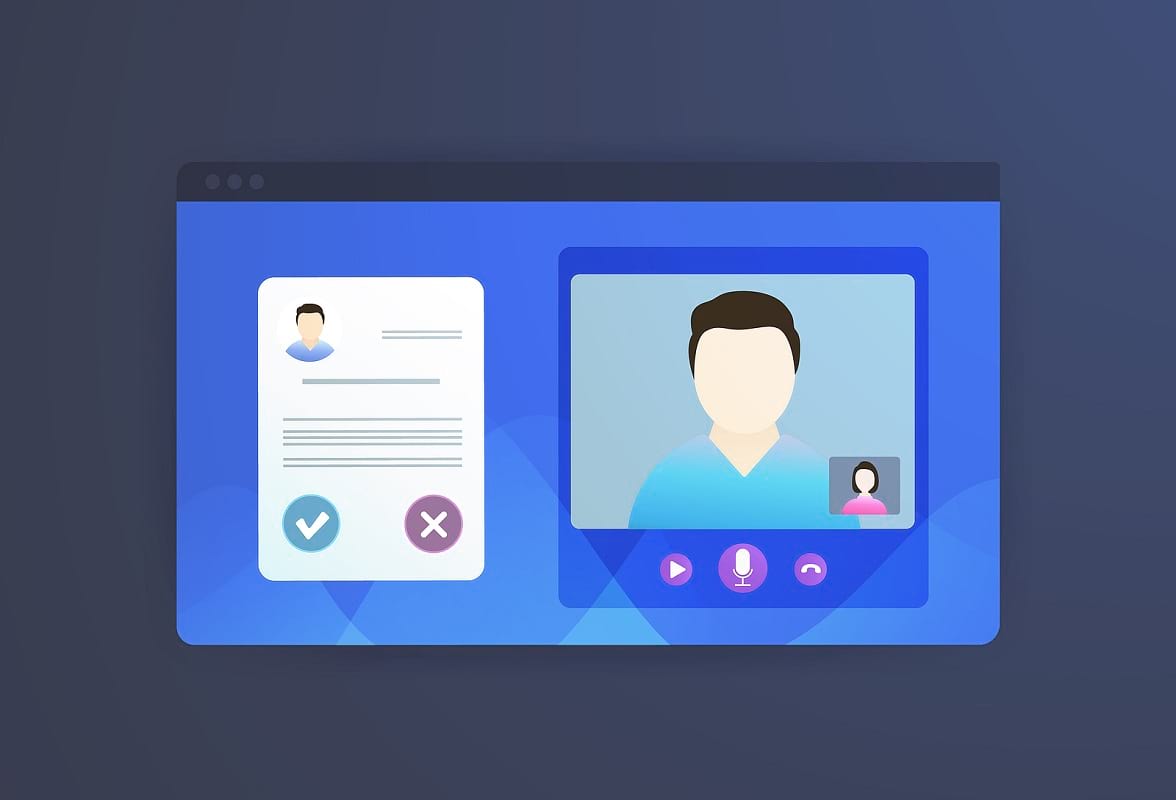It’s Time for Recruitment to Become as Digital-Friendly as Remote Work

Being an HR leader today is no easy feat. During the last two years, our focus has been on adapting to the situation as fast as possible. Consequently, many corporate processes born out of the pandemic feel temporary today – because initially, many of them were meant to be.
We can see three prominent groups emerging in what appears to be the aftermath of COVID: those planning to go back to the office, those staying fully remote, and those embracing and touting hybrid work as a perk.
While surveys of employees often reflect a split in preference to remain fully or partially remote or go back full-time, the power for each individual to make this decision for themselves must be viewed as not a perk but a baseline expectation to retain talent. That means it’s time to start seeing this paradigm shift as permanent and adapt accordingly by treating hybrid engagement as a core part of a successful business. This begins with the way we recruit in the job market.
Why Recruiting?
With or without the full embrace of remote work, the Great Resignation is primarily driven by people pursuing a total reset of their careers – whether to start their own business, follow a new field, go back to school, or change their perspective post-pandemic. For these employees, their companies’ pursuit of better work-life integration likely won’t stop them from leaving. Employing savvy recruiters to attract new talent will be essential to backfill and continue to grow.
Hiring managers have to rethink their processes altogether, as many entry-level applicants have only experienced and come to expect fully digital interviews. Remote work standards have also allowed hiring managers to look past locations and expand their talent pools, which will continue to require remote interaction. These realities mean that we need to do more than cobble together a virtual version of what we used to do in person.
Finding Engagement & Human Connection Online
Many companies are likely already recruiting virtually with the help of technology. Virtual recruiting holds significant benefits, from enabling hassle-free scheduling to peering into a candidate’s online etiquette, which has become a critical soft skill in this new paradigm.
Furthermore, research has shown that it alleviates stress for socially anxious candidates who may not have done well in formal interviews. Handshake’s May 2021 report found that 55% of female applicants and 58% of black applicants prefer remote career events, citing how they offer comfort to students across groups that traditionally face explicit and implicit bias, including students from underrepresented racial and ethnic groups, women, and those who are neurodivergent or differently-abled. We’ve discovered that candidates are more comfortable and more likely to be themselves under such circumstances, promoting a more welcoming working environment.
The real challenge is that much of hiring is intuitive beyond the reading of resumes and calling of references. It depends on an interviewer getting a sense of a candidate (and vice versa) to envision whether they suit each other’s needs. How do you do that virtually ?
Prioritize Culture
Train hiring teams to clearly articulate what it’s like to work at the company. Naturally, today’s focus is less on in-office perks, such as complimentary breakfast or team happy hours, and more on online collaboration, communication, and expectations within a flexible and inclusive working environment.
Evaluate Emotional Intelligence
Hiring managers have historically based hiring decisions on skills and intelligence. Still, during these fast-changing times, emotional intelligence (EQ) has grown critical for success in the workplace. A person with strong EQ can navigate difficult situations and can read people well, a crucial skill during virtual exchanges. One way to uncover a candidate’s EQ is by shifting interview questions to more personal ones. For example, ask about the person’s values, past conflicts, resolutions, and experience juggling conflicting priorities.
Let Them Join the Party
Virtual meet and greets, online coffee breaks, or happy hours with your teams can help candidates understand your working environment better.
In addition, make sure you ask them about their ideal work environment, how they work as part of a team, and why they want to work at the company – when a candidate’s work style and values align with the company culture, there’s a higher chance of them being a good culture add. Remember, the goal isn’t solely to hire candidates – it’s to retain talent – so being honest and transparent is critical.
Use Technology to Your Advantage
A data-first approach helps analyze the success of existing tactics while also creating a long-term strategy that will grow and strengthen company processes. Compare metrics, such as pre and post-pandemic differences in time to hire, retention, and how sourced vs. inbound applicants performed at the company.
Ask what kind of talent you are accessing now vs. before. Are you seeing better quality hires (i.e., high performers staying at your company longer)? The key is to revamp your basics, identify the foundation for your virtual recruitment philosophy and then engrave human connection and intuition into every step.
Here’s to Being Pioneers
Workforce practices are changing – and the exciting thing is that we all have the opportunity to be pioneers in a reality that will go down in history.
As we embark on this remarkable transformation, remember to remain human and never forget that a company’s success depends on its employees.
Kimberly Harris is the Director of People Operations at Poll Everywhere.
Get the top recruiting news and insights delivered to your inbox every week. Sign up for the Recruiter Today newsletter.

